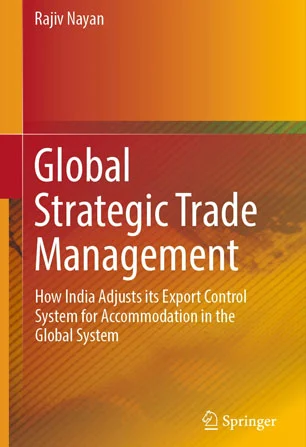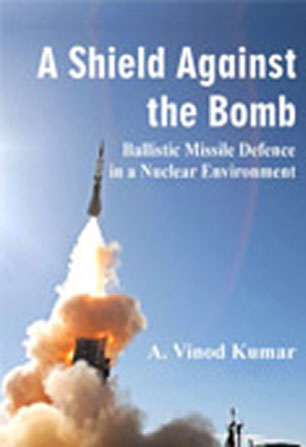Nuclear Security, the Summit Process and India
India has been dealing with terrorism for several decades, and is therefore constructively involved in all genuine exercises for countering the menace. As terror groups are expected to use weapons of mass destruction (WMDs), India fully supports the legal and other operational measures and mechanisms adopted by multilateral and international organisations to mitigate the risk of WMD terrorism. A resolution has been steered in the United Nations General Assembly to gain international support for fighting WMD terrorism.
- Arvind Gupta , Rajiv Nayan
- March 2014








